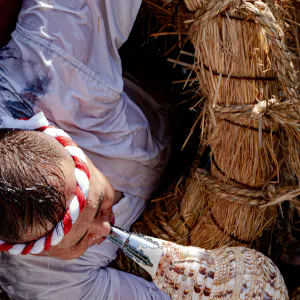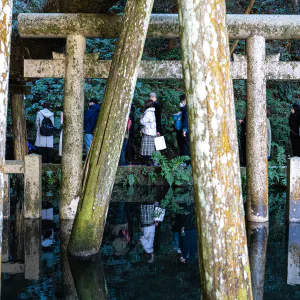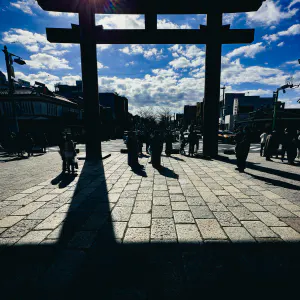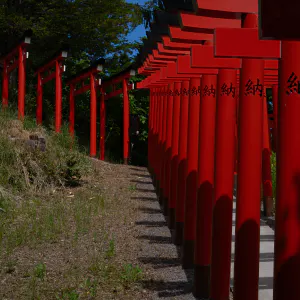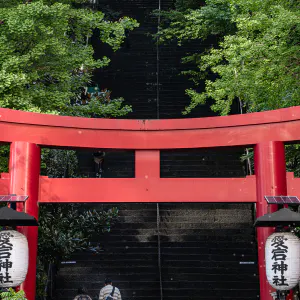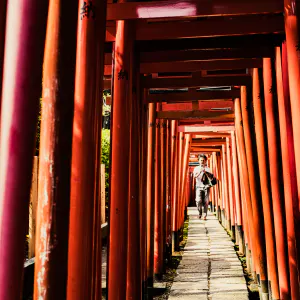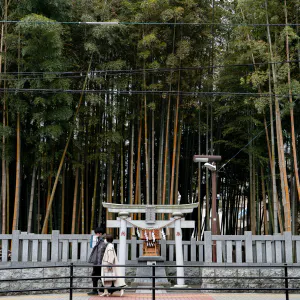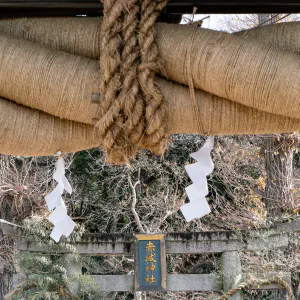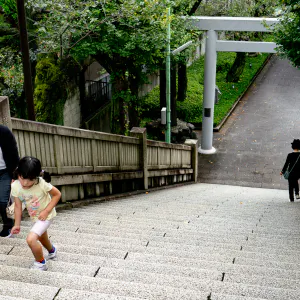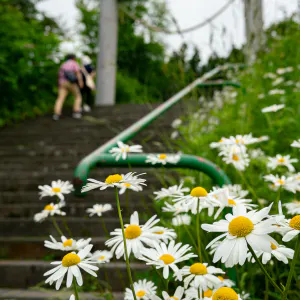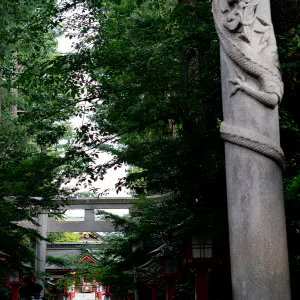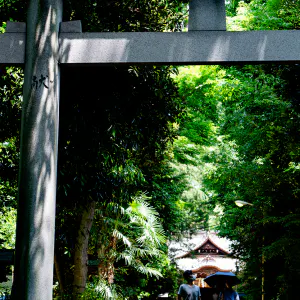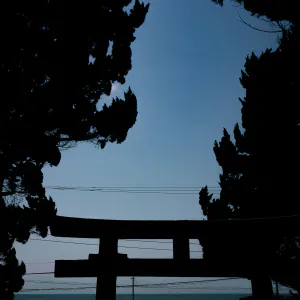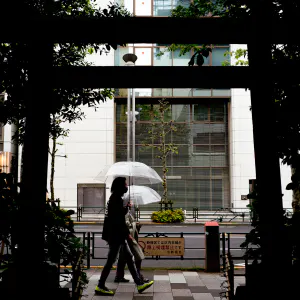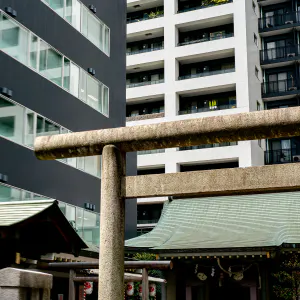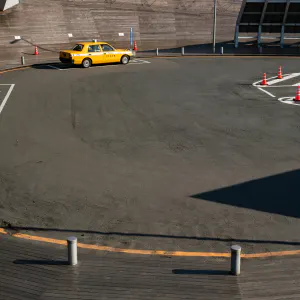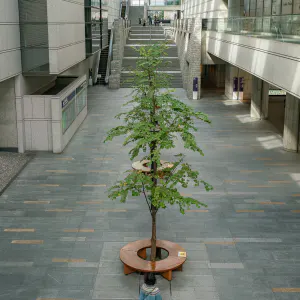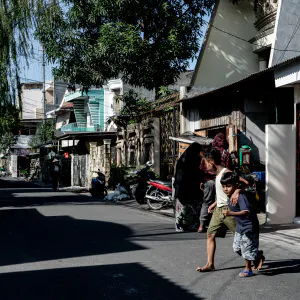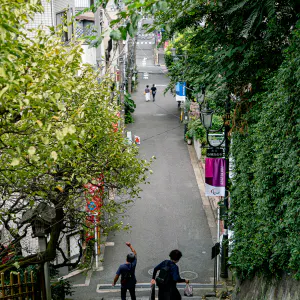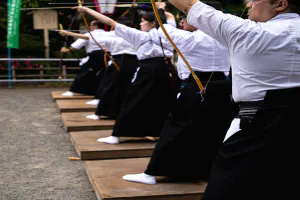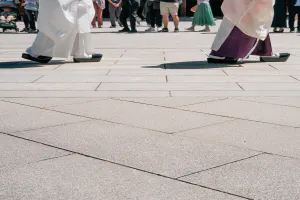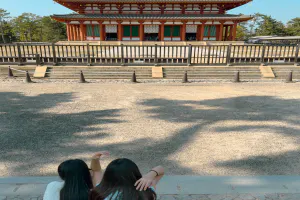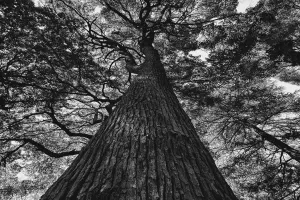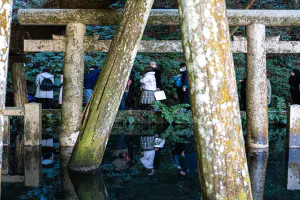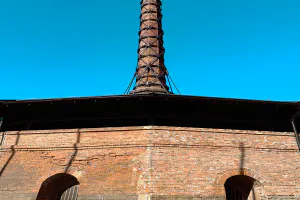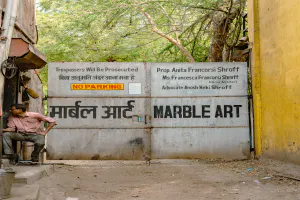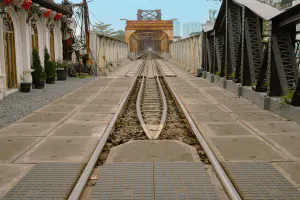The Omori Sanno Hie Shrine stood at the end of the torii gate
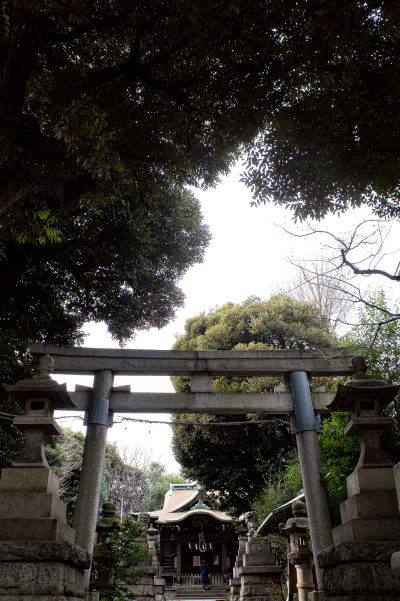
This place is very close to the Omori Shell Mound. The fact that there are shell mounds means that this area has been a comfortable place for humans to live since the Jomon period. It was probably a place with good drainage, with a water source nearby and no flooding due to its elevation. The area around Omori belongs to the Ebara-dai plateau, the southern edge of the Musashino plateau, and in addition to shell mounds, the Ebara-dai tumulus group consisting of about 50 tumuli has been confirmed. It was an important place for the Jomon people.
According to Shinichi Nakazawa, a historian of religion, prominent landforms such as peninsulas and capes have been important sacred places for the burial of the dead since the Jomon period. Although the coastline is now far away, the area where the shell mounds were located must have been very close to the sea. According to Mr. Nakazawa's theory, it would have been a good place to establish a holy site.
As I scampered around, I found a Shinto shrine sitting near the Omori Shell Mounds stele. I thought it must be a historical shrine, but when I checked it out, I found that it was not that old. It is said that the year it was built is not known in detail, but it is said to be about 350 years old. If you ask me whether it is old or not, it is old, but not much older than the Jomon period.
| Jul 2021 ARCHITECTURE TOKYO | |
| OMORI SHRINE TORII |
PHOTO DATA
No
11972
Shooting Date
Jan 2021
Posted On
July 19, 2021
Modified On
August 19, 2023
Place
Omori, Tokyo
Genre
Architectural Photography
Camera
RICOH GR III
